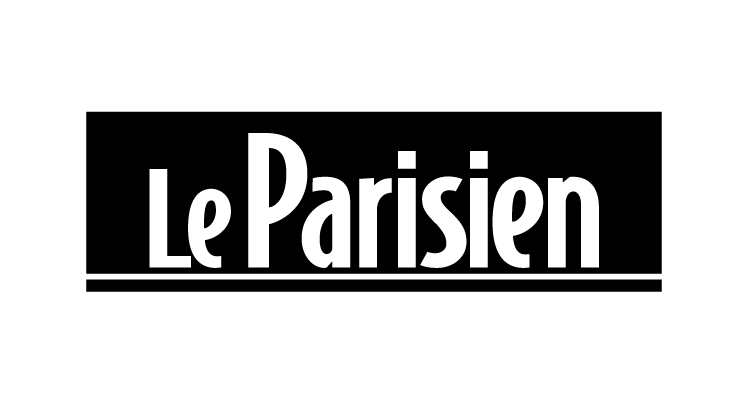Shop art print and framed art Beethoven frieze by Gustav Klimt
Customise
Your art print
Beethoven frieze OF Gustav Klimt
Beethoven frieze
Genesis of the Frise Beethoven; a monumental work
The Beethoven Windmill, Gustav Klimt's masterpiece created in 1901 or 1902, is a monumental work spanning over 34 meters in length and 2 meters in height. Housed in Vienna's Secession Palace, a landmark building of Viennese Art Nouveau built in 1897 to house exhibitions by the Viennese Secession, an art movement of which Klimt was a founding member, the frieze was originally created as a temporary work for the Secession's XIVth exhibition, dedicated to Ludwig van Beethoven. The exhibition, conceived as a total work of art, was intended to celebrate the composer and his Ninth Symphony, in particular its last movement, the Ode to Joy. Klimt, deeply inspired by Beethoven's music, translated this ode to universal brotherhood and the quest for happiness into images.
The Frise Beethoven: a visual symphony
La Frise Beethoven is presented as a wall fresco made up of seven panels, forming a continuous whole enveloping the room. Created using mixed media, including casein paint, chalk, graphite and gold, it features a rich, opulent ornamental style typical of Klimt's golden period. The allegorical figures, with their sinuous, elegant forms, stand out against the background, creating a striking visual effect. The use of gold, a symbol of light and spirituality, lends the whole a sacred and mystical dimension.
The Frise Beethoven: A Hymn to Universal Joy
The central subject of The Beethoven Frenzy is the visual interpretation of Beethoven's Ninth Symphony, and more particularly of its finale, the Ode to Joy. Klimt depicts humanity's journey to happiness, symbolized by the final embrace between a knight in golden armor, representing liberated humanity, and a naked woman, embodying joy and love. This initiatory journey is marked by trials and suffering, represented by allegorical figures such as the Evil Geniuses, the Gorgons and Typhon, a gigantic monster symbolizing the dark forces. Humanity, weak and vulnerable, is represented by a group of naked women imploring the knight.
A complex symbolic language at the heart of Klimt's Frise Beethoven
The Frise Beethoven is rich in symbols and allegories, inspired by Greek mythology, philosophy and nascent psychoanalysis. The omnipresent female figures embody different facets of femininity, from seduction and motherhood to suffering and compassion. Gold, omnipresent, symbolizes light, spirituality and the quest for happiness. Ornamental motifs, inspired by Japanese and Byzantine art, create a dynamic visual rhythm and contribute to the work's mystical atmosphere. The knight in armor, a heroic and redemptive figure, represents the strength and willpower needed to overcome obstacles and achieve happiness.
Frise Beethoven: a lasting artistic legacy for Klimt
The Frise Beethoven marked a turning point in Klimt's career and in the history of Art Nouveau. It provoked controversial reactions when it was first exhibited, with some critics deeming it too provocative and erotic. However, it was soon recognized as a major work, testifying to the expressive power and originality of Klimt's style. The frieze contributed to the artist's international renown and influenced many twentieth-century artists. Today, it remains one of the most emblematic works of Viennese Art Nouveau, a symbol of the universal quest for happiness and the power of art.
This artwork is a painting from the modern period. It belongs to the art nouveau styles and symbolism styles.
« Beethoven frieze » is kept at Secession Palace, Vienna, Austria.



































